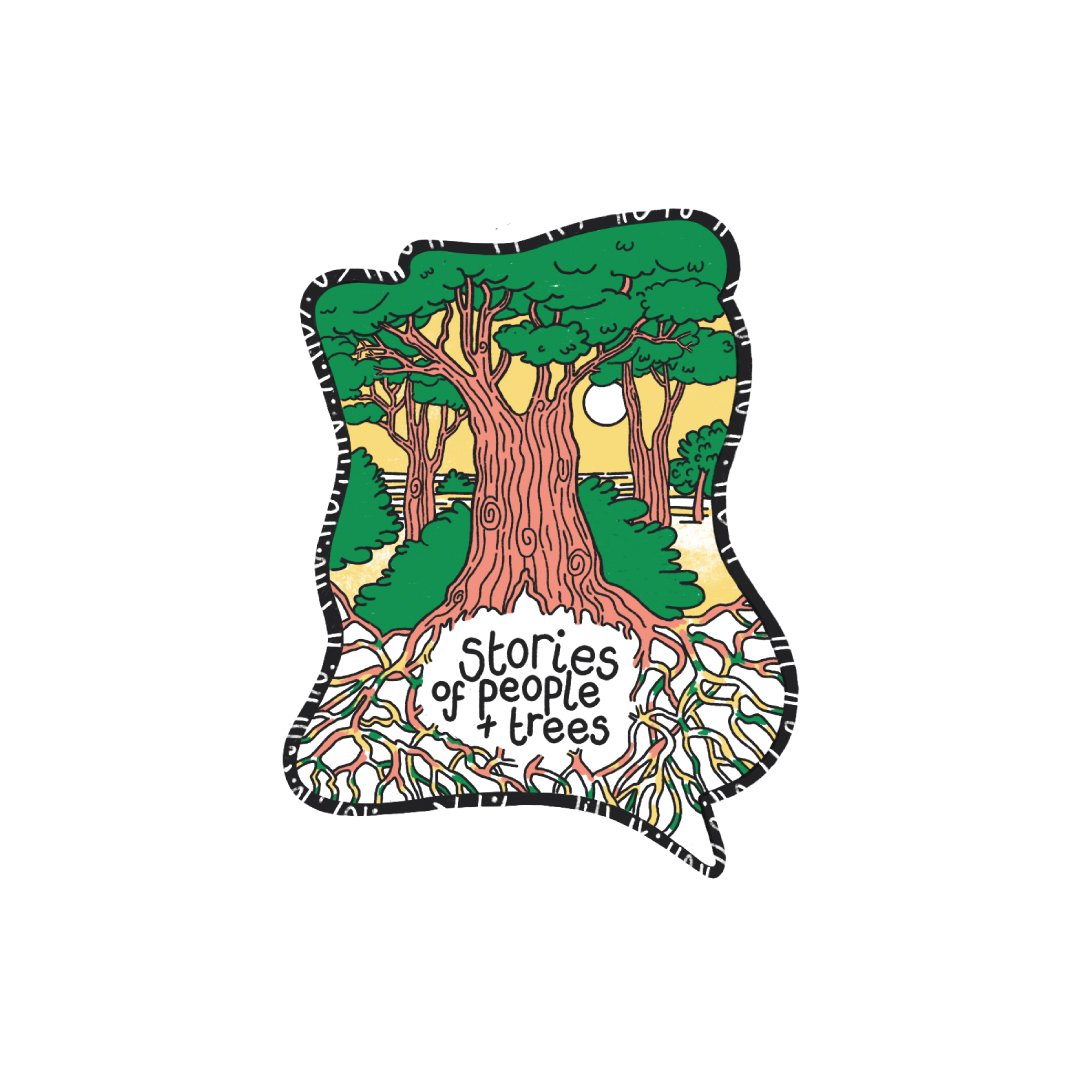The voices of trees in music
Steve Burnett is an environmentalist and violin maker in Edinburgh, Scotland. I met him at his studio to hear more about the origins of his special instruments, and his approach to growing communities.
Although Steve primarily makes violins in the traditional manner and following Italian maker models, he brings together his own connection with trees and with nature by making unique, bespoke instruments out of reclaimed wood, ‘found’ wood such as driftwood, and wood that comes from the pruning or care of significant trees. In this way, he connects the stories of the trees the wood originates in, with the human and ecological history around the tree, and the new stories being told through music played on the instrument. Steve talks about giving a voice to nature through music. He has also created some instruments inextricably linked to history through their origins, for example a violin made from the reclaimed floorboards from Sir Ernest Shackleton’s former residence. You can see a picture of the Shackleton violin at the end of this story, shortly after its completion on the centenary of his death.
We spent some time looking at a violin made from a Sycamore tree that still lives; a very real link between the beautifully crafted instruments that we make music on and trees themselves. The Sycamore that the wood was taken from (in a standard pruning operation) is at the former Craiglockhart War Hospital. The tree was growing in the grounds when Wilfred Owen was recuperating there from shell shock, and inside the violin is printed Owen’s poem, Written In A Wood, September 1910.
Steve and I talked about the importance of giving those involved in environmental and climate work a voice, particularly people who are easily ignored by those in power. We considered how growing communities, and space for communities to come together, was a powerful way of building a platform for speakers and discussion. This brought me full circle to some conversations I’ve had recently with people from rural communities elsewhere in the world, where significant local trees were the acknowledged site for important discussions and reconciliatory conversations. Steve has himself gone some considerable way towards this building of community with his Roundhouse Environmental Community initiative, seeking to bring people together to discuss making positive changes on their own doorstep.
There is a real sense of wholeness to Steve’s unique instruments – they bring stories of both people and nature with them from their previous lives as trees, they draw attention to important causes for us today, and they are the beginning of new stories communicated by the musicians that play them, and the lives they touch in doing so. Steve believes that his violins will have something to say long into the future, and I know this will be the case.
We hope to be able to collaborate in the future on a performance using all four of his handmade instruments that form a string quartet.
For more information on Steve’s violin making and his unique projects, see www.burnettviolins.co.uk
Steve Burnett’s Shackleton Violin

